At times, the most unexpected qualities and beneficial properties can be found, when best viewed, in the most common meadow grasses found everywhere. What does the meadow grass meadow cover, where it grows and for what purposes is used by man - a new look at familiar things.
Material Content:
Botanical Description
Bluegrass is a herbaceous plant found in meadows and forests. This representative of the flora is endowed with creeping and underground shoots that are able to form thick, loose turfs.
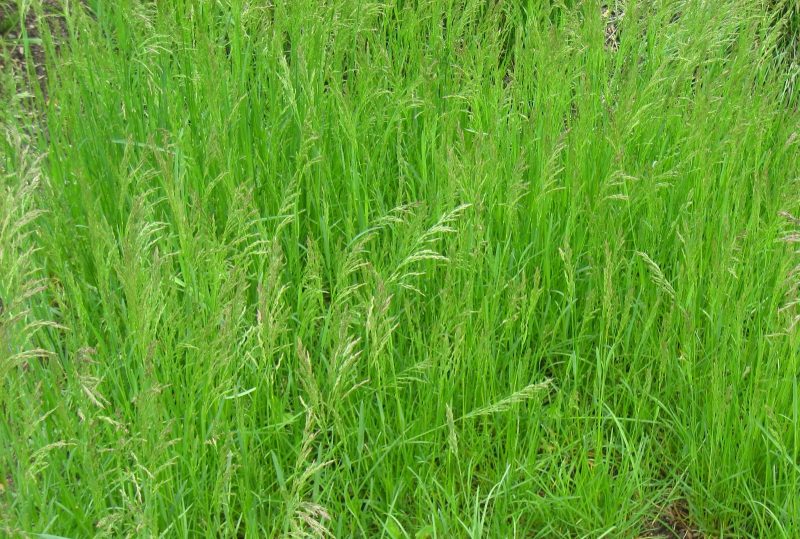
Plant description
| Plant part | Botanical features |
|---|---|
| The stalks | Height from 30 to 90 cm., Less often 10-20 cm., Smooth, rising |
| Leaves | Narrowly linear, width up to 4 mm., Flat, smooth or slightly rough. The tongue is blunt, reaches a length of 0.5 - 2 mm. Leaf venation linear. |
| Panicle | Length - up to 20 cm. The shape is pyramidal or oblong. The whisk is multi-spike, equipped with rough twigs located 3-5 together. |
| Spikelets | Egg-shaped, length - 3.5 - 6 mm. With 2-5 flowers. Usually green, less often purple. Spikelet scales are almost identical, pointed. |
| Fetus | The fruit has a caryopsis. |
It is cross-pollinated, but also capable of self-pollination. The plant reaches its maximum development in the 2nd, 3rd year of life.
The formula of the flower gives an idea that the plant is rather inconspicuous during the flowering period. Flowering - once a year, but if the weather conditions are favorable, it can bloom a second time.
Varieties and varieties
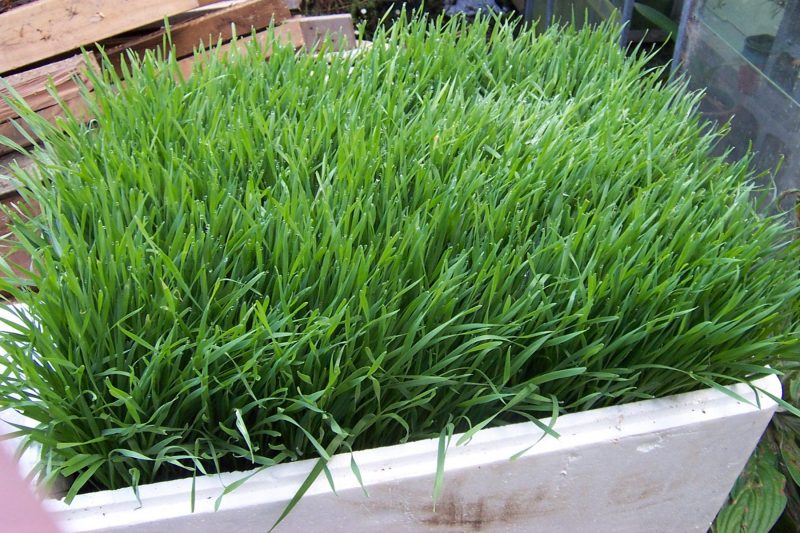
Perennial cereals are found in several varieties:
- Meadowgrass meadow - grows well, resistant to trampling and drought. He does not tolerate frequent haircuts.
- Bluegrass ordinary - grows with turf. It is not resistant to cold and trampling.
- Bluegrass forest (oak) - grows well among other cereals, grows well in dense shade. He does not tolerate a frequent haircut, it is depleted and falls out of it.
- Bluegrass annual - color until the frost. It tolerates a haircut, but the heat affects it negatively: the plant turns yellow and begins to fall out.
Among the more than 300 plant varieties, several of the most popular are distinguished:
- Dolphin is a well-known lawn grass that grows excellently in shady areas. This plant is dark green, unpretentious;
- Connie - great for decorating the space around the flower beds, creating flower mixes;
- Midnight - a variety characterized by increased resistance to trampling. A great option for sowing a football field. The plant is not afraid of any pests and temperature extremes;
- Compact - artificially bred variety, characterized by drought tolerance and resistance to disease;
- Platini - unpretentious, growing very fast. Wear resistant, withstands high loads;
- Balin is a frost-resistant variety that tolerates winter well while remaining green. This kind of bluegrass is seeded with sports fields.
Plant Distribution Regions
The natural zone of distribution of meadow bluegrass is considered to be the temperate zone of the northern hemisphere. But today you can meet this plant everywhere, because of its unpretentiousness, it is cultivated on all continents. Meadowgrass meadow grows even in Antarctica, where it was accidentally brought in the middle of the 20th century.
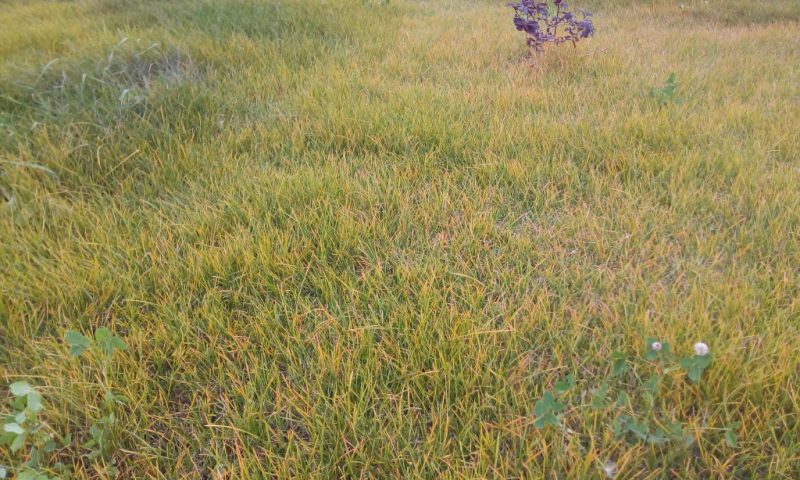
In our country, this grassy grass is found in the Caucasus, Siberia and the Far East.
What type of root system does a plant have?
Meadowgrass meadow is endowed with high aggressiveness of the root system.
It has a fibrous root system, most of which is in the upper soil layer. Together with rhizomes, it forms a dense pasture-resistant turf.
Areas of use
Meadowgrass meadow is indispensable as a component in the composition of dry and fresh pastures and meadows sown with a mixture of forage grasses. This plant accounts for 5-10% of the total composition. After sowing, the first seedlings can be noted already at 7-8 days. The average germination rate is about 27%. You need to collect seeds in July and August, before the onset of full ripening. Before sowing the seeds should be wiped through a sieve.
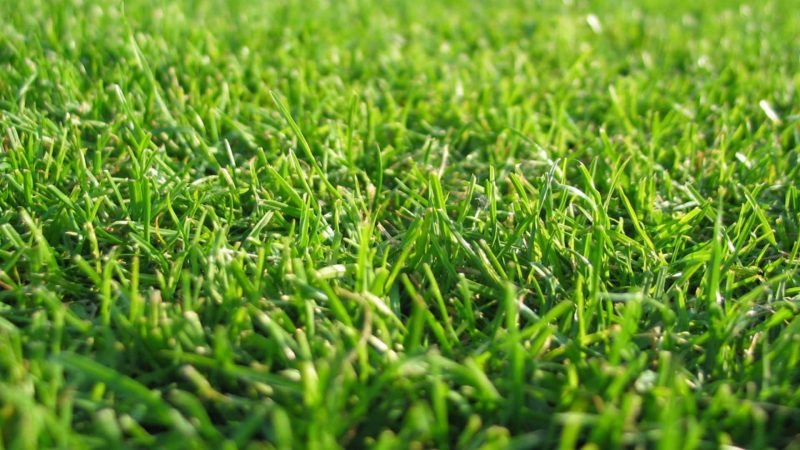
Bluegrass mow down on the hay. Its value, as a forage crop, is in the low water content in the composition and a large amount of protein substances. Cattle love meadowgrass, both dry and fresh. From 1 hectare you can collect about 1600 kg. hay.
Bluegrass is also suitable for pastures. In North America, this cereal is considered one of the most valuable forage crops, second only to timothy.
The plant is widely used as cereal, which is used to sow airfields, sports fields, and football fields. It will make an excellent lawn grass.
In folk medicine, meadowgrass is not used.
Bluegrass meadow like lawn grass
The plant is widely used as a lawn grass. But such cereal requires special irrigation. After mowing, it grows evenly and smoothly. It is recommended to leave at least 2-3 cm on the lawn while mowing.
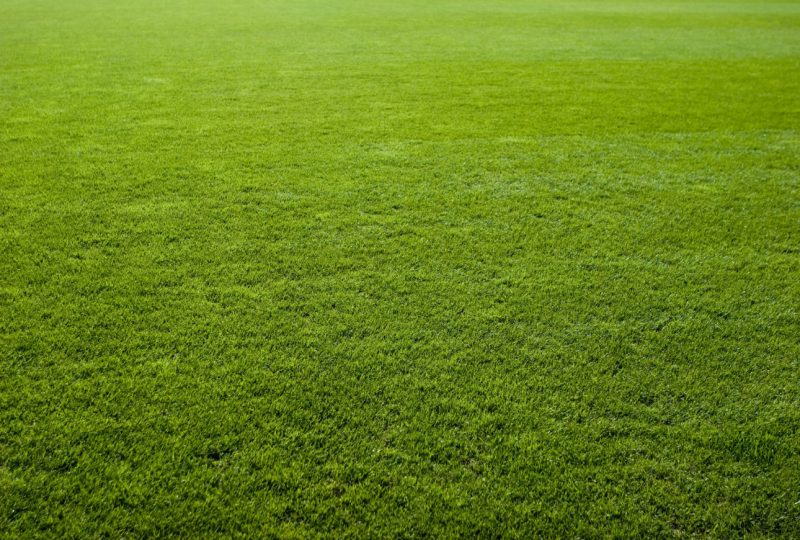
Bluegrass is a tenacious plant. If the weather conditions are favorable, then in the grass, this cereal can last up to 15 years. It is incredibly resistant to toxic substances, even if you have to grow in close proximity to sources of pollution.
Important! Meadowgrass meadow does not tolerate increased soil acidity and salinity.
Resistant to prolonged trampling.
After sowing the lawn at first, constant watering is required. Moisturize the soil every day for 10 minutes. Continue such actions until the first shoots, then water, depending on weather conditions.
During the first month after sowing the crop, you can’t walk on the lawn.
Bluegrass meadow - the best cereal for creating lawns.Thanks to a number of useful properties, such as unpretentiousness, frost resistance, quick renewal, and responsiveness to mineral fertilizers, the culture is actively used by gardeners












